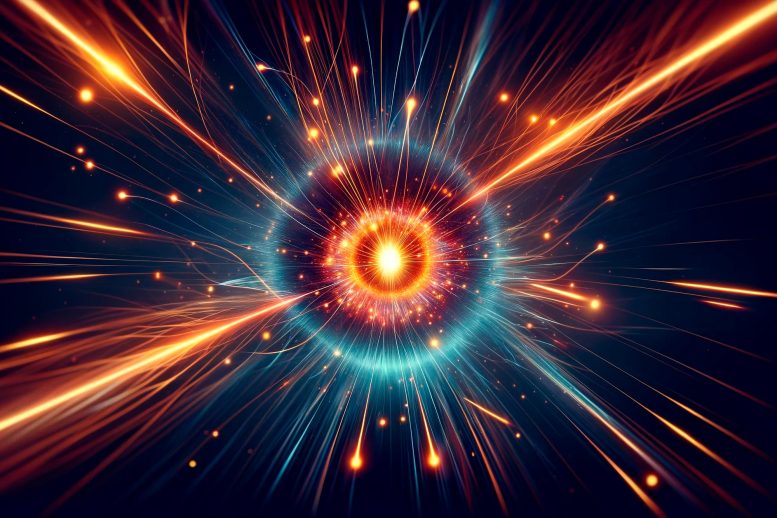
Physicists are delving into the mysteries beyond the Standard Model at the Large Hadron Collider, seeking to understand dark matter and energy. Their research, pivotal in particle physics, holds potential for significant technological innovations. Credit: SciTechDaily.com
Scientists at the Large Hadron Collider are probing new particles beyond the Standard Model of Particle Physics, aiming to unravel its limitations and foster advancements in technology.
It seemed like the Standard Model of Particle Physics was complete with the discovery of the Higgs boson particle in 2012. The Standard Model is physicists’ current best explanation of the major building blocks of the universe and three out of four of the major forces. But there are still a number of mysteries that the Standard Model simply can’t explain. These include dark matter and dark energy. Physicists supported by the Department of Energy (DOE) are trying to figure out if there are particles and forces beyond those in the Standard Model, and if so, what they are.
Research at the Large Hadron Collider
Nadja Strobbe at the University of Minnesota Twin Cities is one of those researchers. She works on experiments at the Large Hadron Collider (LHC), the world’s largest and most powerful particle accelerator of its kind. (The LHC was also where scientists discovered the Higgs boson.) The LHC is a 17-mile ring-shaped tube in Switzerland. It speeds particles up to 99.9999991% of the speed of light. At certain points, the beams of particles collide and create spectacular sprays of new particles. Scientists collect data on the 40 million particle collisions that occur every second the machine is running. This data provides scientists with new insights into our universe. Some of the questions they are exploring are why there is matter at all and why different particles have different masses.
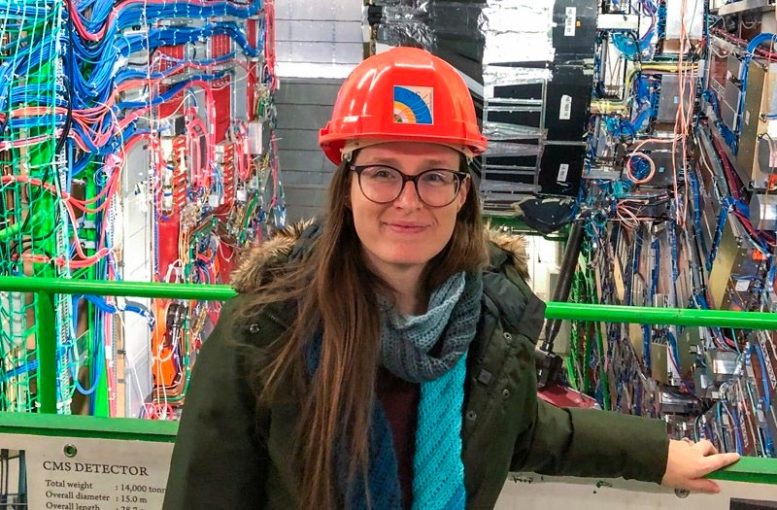
University of Minnesota Assistant Professor Nadja Strobbe studies high-energy particle physics using data from the Large Hadon Collider, the world’s largest particle accelerator. Credit: Nadja Strobbe, University of Minnesota
The Quest for the Top Squark
Strobbe, a physics and astronomy professor in the University of Minnesota College of Science and Engineering, is looking for a never-before-seen particle called the “top squark.” This is a theorized particle that would not fit into the current Standard Model of Particle Physics. The current Standard Model has 17 different particles. Some of these are particles that act as building blocks of matter. These include the quarks that make up protons and neutrons as well as another group called leptons that includes electrons. The Standard Model also describes particles that carry three of the four major forces that drive the interactions between these building blocks. Long before experimental physicists found evidence of each of these particles, theorists had predicted them. The Standard Model is like a crossword puzzle – theory provides clues that allows physicists to “fill in” the gaps. The Higgs boson was the last gap to be filled in.
Supersymmetry and Beyond
Supersymmetry is one theory that may be able to further expand physics beyond the Standard Model. It suggests that there is a “superpartner” particle to every existing particle in the Standard Model. One of the existing particles in the Standard Model is called the top quark. The “top squark” that Strobbe is researching is the theorized superpartner to the top quark. Discovering experimental evidence of the top squark could help scientists solve some of the issues that the current Standard Model doesn’t explain.
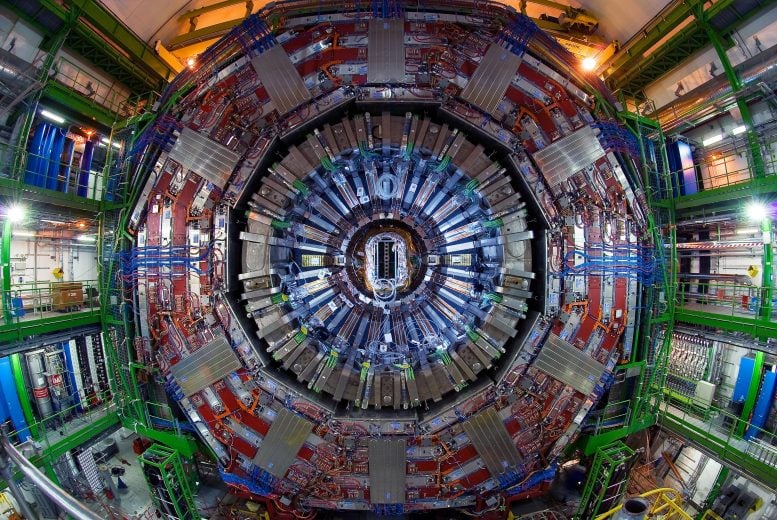
The Compact Muon Solenoid (CMS) is a general-purpose detector at the Large Hadron Collider (LHC). It has a broad physics program ranging from studying the Standard Model (including the Higgs boson) to searching for extra dimensions and particles that could make up dark matter. Credit: CERN
The LHC’s Role in Advancing Physics
The LHC is essential to Strobbe’s work because it could potentially produce these supersymmetric particles. Scientists including Strobbe are using the LHC to collide protons in an effort to produce these theorized particles. She recently received support from the DOE Office of Science to improve how machine learning can interpret the data from the LHC.
The LHC and Strobbe’s work are helping us better understand the fundamentals of the universe. They’re also setting the foundation for future technologies. The knowledge scientists have gained from improving particle accelerator technologies has proven essential for developing medical technology like CT scans and MRIs. From the building blocks of matter to the technology we use to save lives, physicists are finding new ways to expand what we know about the world around us and beyond.

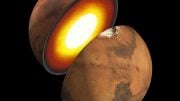
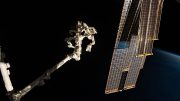
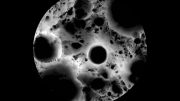
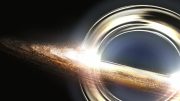
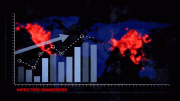
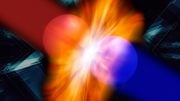
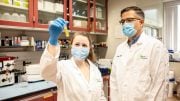
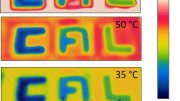
Physicists are delving into the mysteries beyond the Standard Model at the Large Hadron Collider, seeking to understand dark matter and energy. If a substance appears in observation and measurement. Why can it still be called dark matter and dark energy?
Please do not overlook the time of interaction.
one piece of the puzzle can not show the picture, each piece has a residual in common with the other parts creating a motion to mix. the hadron does show a picture of decoherence, so to build we need a model of coherence, spark, movement.
No bad
Denn Sie wissen nicht was Sie tun! Coi Bono?
“Zudem warnte Hawking vor den Risiken, die mit wissenschaftlichen Experimenten einhergehen, insbesondere im Zusammenhang mit Higgs-Teilchen.”